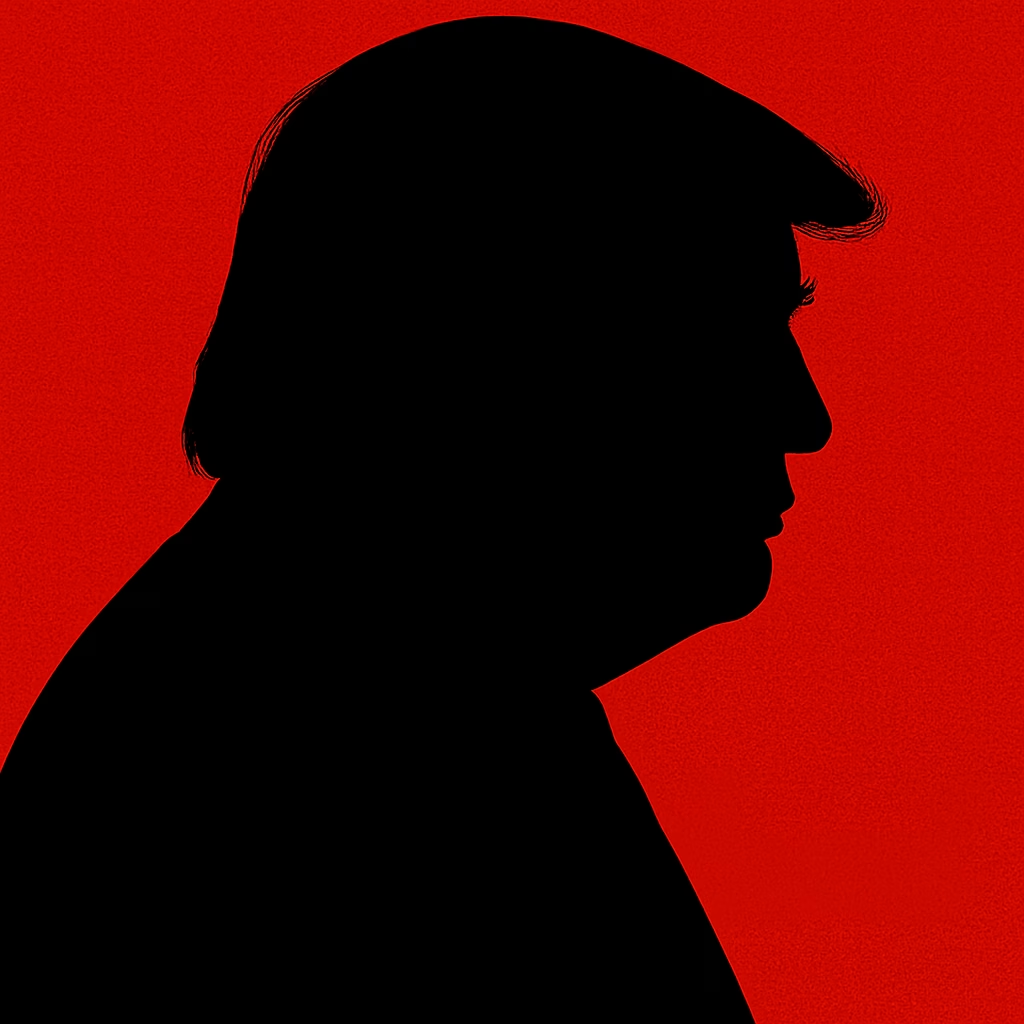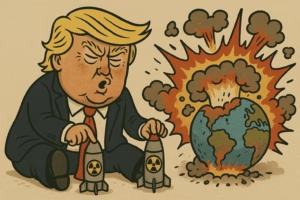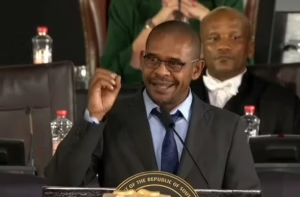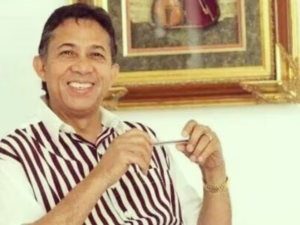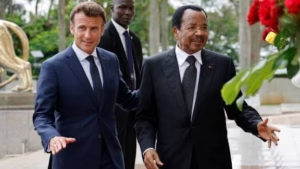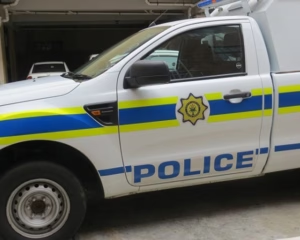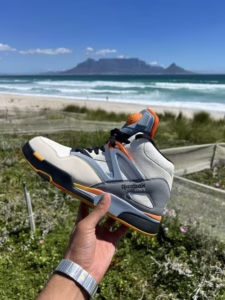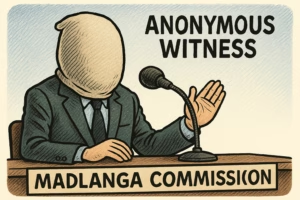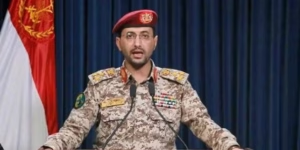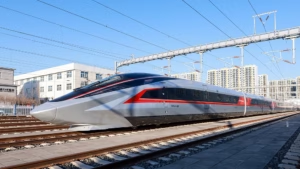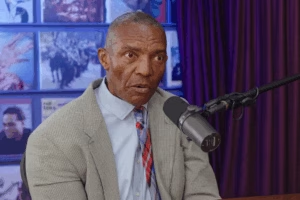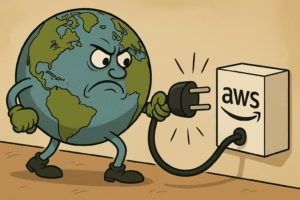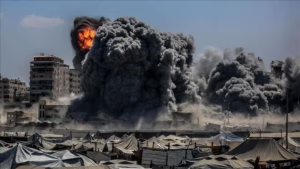United States President Donald Trump has suggested that military action against Venezuela remains on the table, accusing the South American nation of facilitating crime and the movement of narcotics into America. His remarks come against a backdrop of escalating diplomatic and military pressure between Washington and Caracas.
While speaking to reporters in Morristown, New Jersey, on Sunday, Trump was pressed on whether his administration was considering a direct strike against Venezuelan territory, and whether he feared retaliation from President Nicolás Maduro.
“We’ll see what happens,” he said. “Look, Venezuela is sending us their gang members, their drug dealers, and drugs. It’s not acceptable.”
The statement followed weeks of heightened activity in the Caribbean, where the United States has positioned three warships and roughly 4,000 troops. Officially, the mission is described as part of Washington’s campaign against international drug cartels, but it has inevitably drawn questions about whether it could serve as a platform for broader action.
Venezuelan President Nicolás Maduro, however, has dismissed the allegations as baseless. He has argued that trafficking networks inside Venezuela have been dismantled and that his government has subdued organised criminal groups operating within its borders.
In an interview with RT on Thursday, Maduro maintained that the American push is not genuinely about counter-narcotics but about broader geopolitical ambitions.
According to Maduro, these actions fit into a broader “war plan” aimed at subjugating the world to the will of the US.
Maduro added that Washington’s strategy is merely a pretext to access Venezuela’s natural resources, particularly its oil reserves.
The fraught state of affairs between the United States and Venezuela did not arise overnight. In 2018, Washington refused to recognise Maduro’s re-election, branding the process illegitimate, and subsequently imposed sweeping economic sanctions. These measures were accompanied by visible support for the Venezuelan opposition.
Recent incidents have further strained ties. The United States recently sank a Venezuelan vessel, claiming it carried members of the Tren de Aragua gang. Soon after, Caracas responded with a show of strength, sending two fighter jets to conduct a flyover of an American warship. Trump later signalled that Venezuelan aircraft could be shot down if they endangered US forces in the region.
Maduro’s government has also undertaken significant military deployments of its own. Last month, officials in Caracas announced the mobilisation of 15,000 troops near the Colombian border, later expanding the force to 25,000 across border and coastal provinces identified as key “drug trafficking routes.” These movements have been interpreted as both defensive measures and political signalling to domestic and international audiences.
Russia has also entered the debate. Maria Zakharova, spokeswoman for the Russian Foreign Ministry, cautioned against what she described as reckless manoeuvres surrounding Venezuela.
She warned that the situation is being “unacceptably escalated” around Venezuela, with potentially far-reaching ramifications for regional and global security.
Her remarks echo broader international concerns that a misstep in the region could spark a wider crisis, especially given the presence of both Russian and American interests in Venezuelan affairs.
The standoff has left many questioning how far Washington is prepared to go and whether Maduro’s government can withstand mounting international pressure. The competing narratives, one portraying Venezuela as a hub of criminal activity and the other depicting Washington as driven by imperial motives—underscore just how entrenched the divide has become.
Countries Bombed by the US Under Trump
| Country | Notable Strike / Campaign | Details / Context |
|---|---|---|
| Syria | The Shayrat Airbase missile strike (April 2017) | Ordered after a chemical weapons attack; Tomahawk missiles launched at Syrian airbase facilities. |
| Iraq | Assassination of Qasem Soleimani (January 2020) | Drone strike near Baghdad airport killed Iranian general Qasem Soleimani and Iraqi militia leaders. |
| Yemen | Series of strikes on Houthi targets (2017–2025) | US targeted radar sites, missile launchers, and militant strongholds as part of counterterrorism and Red Sea operations. |
| Somalia | Intensified drone strikes against al-Shabaab (2017 onward) | Marked a significant escalation, with Trump delegating strike authority to commanders on the ground. |
| Libya | Drone strikes against ISIS militants (2017–2019) | Operations near Sirte targeted training camps and ISIS-linked fighters. |
| Iran | Operation Midnight Hammer (June 2025) | Strikes hit Iranian nuclear facilities at Natanz, Isfahan, and Fordow with bunker-buster bombs and cruise missiles. |

